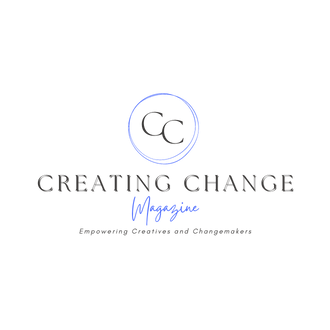If people are joining because of the number of ice cream flavors you have, Yoga classes, or personal … [+]
Recently, many employers are cutting their employee benefits and there is a lot of frustration and resentment because of that.
If people are joining your organization because of the number of ice cream flavors you have, Yoga classes, or personal staplers – don’t be surprised if they leave when you cut those. The priorities are wrong and in particular, the signal the employer is sending is wrong.
Building a company culture based on perks alone instead of real value and meaning will leave a weak or unstable organization that cannot count on its employees and cannot reach its goals.
Core Values Are Critical For Building An Awsome Organization
we started Waze, I told my partners, Ehud Shabtay and Amir Shinar “Let’s make Waze the best working place we ever had.”. They liked the idea, and we defined what it would look like. What mattered to us was that: (1) we support employees and drivers, (2) the founders vote as a single person, and (3) we fire fast if someone doesn’t fit into our culture.
Waze ended up being a great working place with very low attrition. Only a few people left over the years, and we remained committed to our DNA.
When trying to build an awesome organization, which is what you want your company to be, focusing on the main thing is critical. In this case, it will be having the right people, culture, and mission. Then, having the people on board who join for the right reasons.
People join because of multiple reasons–they would leave however because of their direct manager and the team they work with. Many employees spend a great deal of time at work. They want to feel meaningful and to be appreciated for the work they are doing, in terms of reward as well as recognition.
When they join they have all those set correctly in their mind, but once they start working, the day-to-day experience becomes reality and if those most important things – meaning and appreciation – are not met, they will leave.
Building an Organization Is Easy. Building An Awesome One Is Hard
An awesome organization is a company that is exceptional, impressive, and inspiring. It will be admired for its achievements, reputation, culture, and values. One that consistently delivers high-quality products or services, attracts and retains top talent (that stays also in the hard times), and has a positive impact on its customers, employees, and stakeholders.
To build one you will need to define your values – the DNA of the company – and that should be a list of very few ones to which you stick and in particular have the entire management at all levels follow. That is a major part of the path to awesomeness, and in an awesome organization, loyalty is way higher, attrition is lower, and survivability during hard times is way better.
If your values include the number of flavors of the ice cream served in the company’s kitchen, the thickness of the yoga mattress, or if sodas are free or at a quarter, then the problem is not the employees who get frustrated when you change those – the problem is that the set of values is wrong – and no, this is not the way to demonstrate the value of “employees come first.”
If this was your goal to start with, speak with your employees regularly, listen to what concerns them, and address the real issues. This will bring you stronger to tough times, and yes, there will be some of those too on your company journey.
The Toolkit For An Awsome Organization
Tough times create strong people. Strong people create easy time – easy time creates soft people – soft people create tough time…
Times are now hard, and the companies that will survive, in particular startups, will end up being much stronger and better.
Part of being stronger is simple – going back to basics. For the employer it will always be the same:
- Vision – what is it we are trying to achieve and WHY. The why is even more important.
- Focus – what do we do, for whom and why – what is the value we create for our customers or users?
- Leadership – leadership is measured by attrition, demonstrated by role modeling, and good communication.
- Values – back to basics – define priorities, a business culture that last, and demonstrate consistency around it.
- Business sense – start with the value that you create. If you create value the rest will follow.
Experience shows that for companies that have demonstrated those over the years, tough times will be less tough than for others. Going back to basics means staying exactly the same as before.
Companies that have shifted their priorities during the good times, have a way harder time adjusting.
The post originally appeared on following source : Source link

